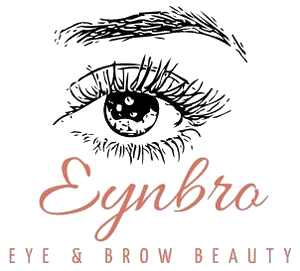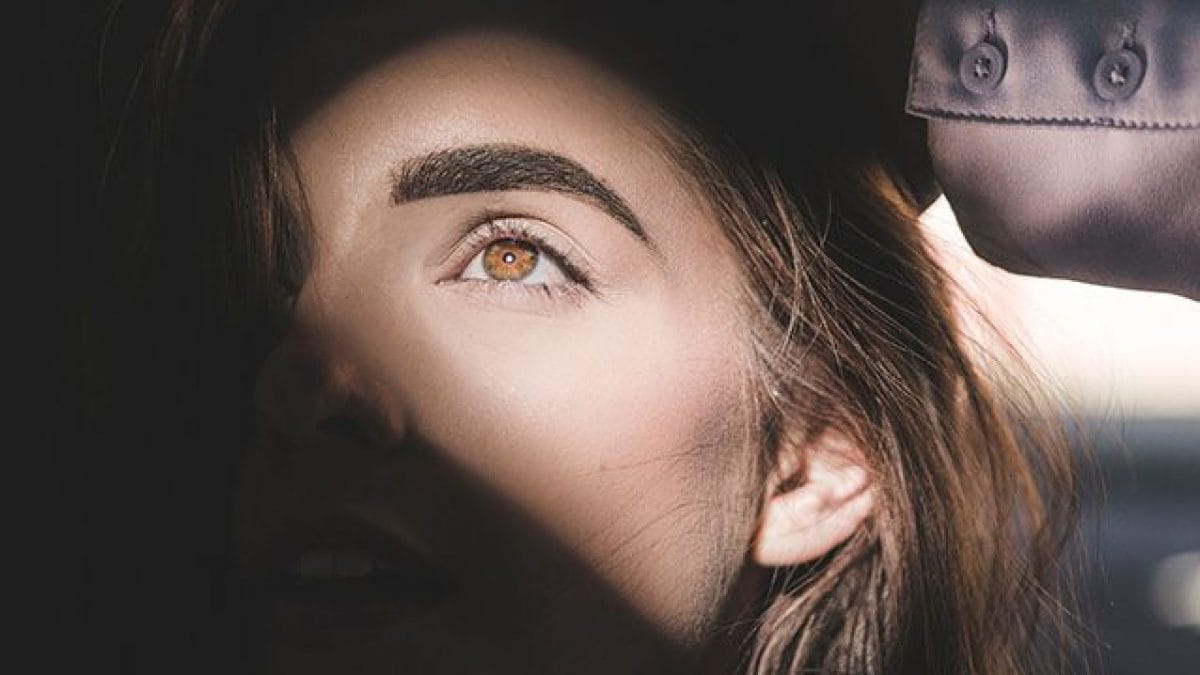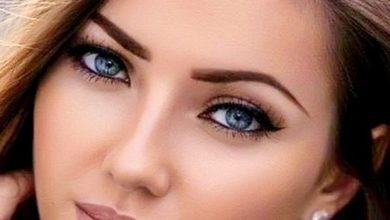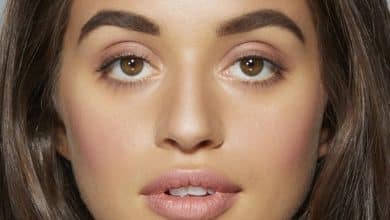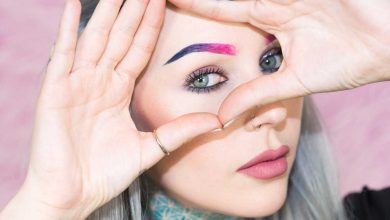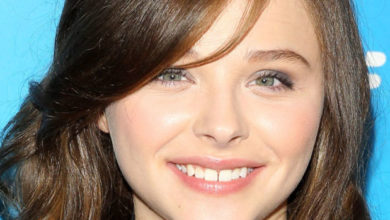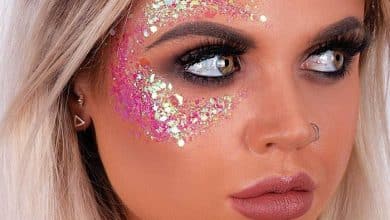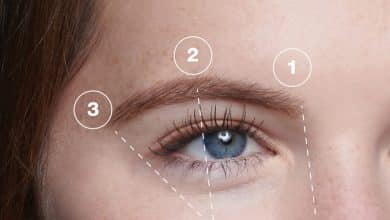Perfect eyebrows: how to fix them, do’s and don’ts, filling and hair removal techniques
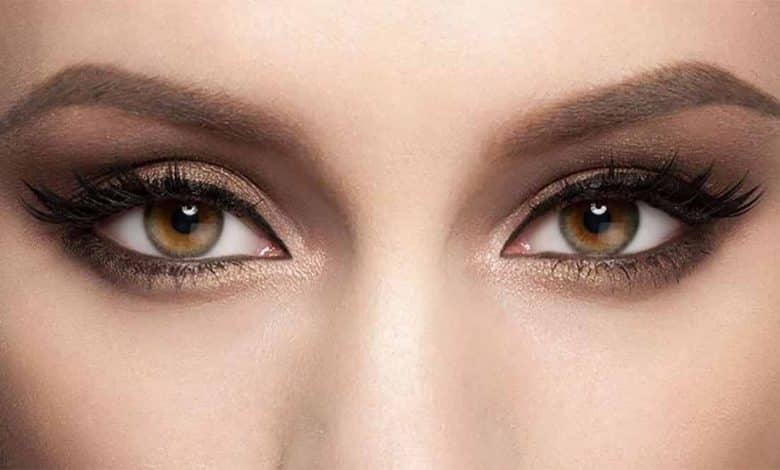
Eyebrows giving character, depth to the eyes and framing the face, so it is important to take care of them.
In addition to the aesthetic factor, however, they perform the fundamental function of protecting our eyes from external agents, such as dust and sweat.
Choosing the ideal shape according to one’s features is no small matter, because the result should be as harmonious as possible with the shape of the face.
Caring for eyebrows is a real trend, just think that there are several techniques to precisely define them, such as microblading, henna tattooing, lamination and dermopigmentation.
As for hair removal methods, these have also evolved over time, and in addition to the classic and timeless tweezers, other techniques have been added, such as hair removal with Arabian thread.
In terms of fashion, moreover, eyebrows have changed so much over time; in fact, if in the 1990s they were worn very thin, today the trend is to have them thick and absolutely natural, for a defined, magnetic and deep look.
Their function is to protect the eyes from sweat and external agents, such as dust or rain, but also small debris that could damage vision.
However, eyebrows also have a communicative and social function. In fact, by observing their shape we can understand a person’s mood; for example, if they frown one is probably nervous and angry.

How to choose eyebrows based on face shape
Each eyebrow fits a particular face shape, and it is important to be able to identify the shape that best suits one’s features so as to emphasize the eyes.
To be able to find the right shape, you need to start at the outermost end of the nostril, and draw an imaginary oblique line that reaches to the outermost part of the brow arch; that point is where your eyebrow should end.
To figure out where it starts, on the other hand, always start at the nostril and draw a straight line to the inner part of the arch; whereas, the highest point is calculated by starting at the end of the nostril and drawing a line that reaches in front of the outer part of the iris.
In this way you can figure out which eyebrow shape best suits your features.

Types and shapes of eyebrows
Eyebrows can have the following shapes.
- Straight
- Curves
- S-shaped
- Soft arch
- High arch
- Angles.

Straight eyebrows
Straight eyebrows, also more simply called horizontal eyebrows, are without arch and curvature. They come in a very simple shape, precisely straight, and develop in length; they look good on those with delicate features, or a high forehead because they give balance and proportion to the face.
Curves
In contrast to the previous types, this type has a slight curvature without, however, marked angles. Curved eyebrows accompany the shape of the arch above the eye and are perfectly suited to those with hard, marked features because they soften the look.
“S” shaped eyebrows
These eyebrows have a fairly high arch and at the end a kind of curve, similar to the shape of an “S”. Who do they look good on? They are suitable for those who have a heart-shaped face with a narrow chin and small cheekbones, and they emphasize the cheeks.
Soft arch eyebrows
This type somewhat echoes the shape of the curved eyebrows; the only difference is that in the soft-arch ones, the curve that is created is slightly more pronounced. They look good on those with a diamond face shape, that is, a pointed chin and pronounced cheekbones.
High arched eyebrows
Also called gull-wing, high arched eyebrows are characterized by a curve at the highest part. The angle serves to lift the eyes and give depth. This type looks good on those with a round face because it tends to elongate the proportions.
Angles
Similar to the previous ones, with the only difference being that at the highest part the angulation is very pronounced and firm, until it forms a kind of edge.

How to depilate eyebrows?
Shaving the eyebrows, removing excess hairs, gives intensity to the look and makes you feel tidier.
It is important to try not to distort the eyebrow arch too much, because the risk is to make a mistake, perhaps removing too much hair, resulting in two completely different eyebrows in shape.
Therefore, if you are unfamiliar, it is advisable to seek professional help, especially if the eyebrow arch is poorly defined. When, on the other hand, the latter has acquired a well-defined shape you can proceed on your own with tweezers.
Before performing hair removal, we recommend that you comb your eyebrows, so as to give definition and a precise line to follow.
For this operation you can use a specific comb or the brush of a finished mascara; the eyebrows should be combed by bringing the hairs upward, so as to realize if there is excess hair, outside the eyebrow arch.

Methods of hair removal
There are several methods to depilate eyebrows, from the more classic and traditional tweezing to waxing and even the Arabian thread technique.
If you are fond of DIY at home, it is best to make use of tweezers and leave the other two methods of hair removal to the professionals, because you have to be very precise.

Tweezers
Eyebrow hair removal with tweezers is one of the most widely used methods because it is practical and quick to do at home.
Use this accessory alone only if you have already well-defined eyebrows, so that you have to proceed by simply removing the excess.
Obviously, to remove the hairs proceed by plucking them in the direction of growth, avoiding breaking them; for this operation we recommend using a tweezer with a thin blade.
Waxing
This method of hair removal is much more aggressive than the previous one, and is usually not recommended for eyebrows because the eye area is very delicate.
Therefore, in case of sensitive skin that is easily irritated and reddened, other methods, such as tweezers or Arabian thread, should be used.
Arabian thread
Eyebrow hair removal with the Arabian thread is becoming increasingly popular in beauty salons.
What is it? It is a gentle hair removal method that is perfect for sensitive skin; in addition, it is precise and allows you to remove even the smallest and finest hairs.
How is it performed? The expert uses a cotton thread twisted on itself several times, which he moves with his thumb and forefinger over the areas to be treated; through the movement, the hairs are eradicated at the root in a gentle way.
Since this is a fairly complex method, it is always a good idea to consult the beautician and avoid DIY.

Mistakes to avoid during hair removal
Depilating eyebrows on their own is far from simple, especially if they do not have a well-defined shape.
Common mistakes include:
- Plucking the hairs by going against the grain: whether using tweezers or waxing, it is essential to pluck the hairs on the right side; avoiding going against the grain is important so as not to break the hairs, which can also lead to the appearance of ingrown hairs.
- Using unsuitable tweezers: it may sound strange, but all tweezers are not the same. Therefore, before proceeding with DIY, it is important to choose the right tweezers, which should have a thin tip and be made of steel, as a blade that is too thick can be invasive and aggressive.
- Depilate them often: eyebrows should be depilated yes, but not too often. First, to avoid stressing the eye area and second, because this way you do not risk ruining the shape.
- Use a magnifying mirror: a magnifying mirror is not recommended because it can distort vision, with the risk that too many hairs are being removed, ruining the definition of the eyebrows.
- Avoid using scissors to thin them: because the effect is unnatural and, more importantly, you will have messy regrowth.

How to draw eyebrows precisely?
Eyebrows are the frame of the face, so it is important to take care of them and define them precisely.
If they are not perfect naturally and there are, perhaps, gaps, you can remedy them by drawing and filling in the hairless parts.
When drawing eyebrows, the advice is not to distort the shape too much, so that the result is as natural and suitable for the shape of one’s face as possible.
Eyebrows can be lengthened if they are too short, or filled in where too much hair has been removed, or you can proceed by raising the brow arch slightly.
There are several methods for drawing eyebrows.
- Make up.
- Tattooing with dermopigmentation.
- Henna.
- Microblading.
- Lamination.

Make up
Make up always comes to our aid, even for eyebrows that are too thin or to fix a shape ruined by excessive hair removal.
Before proceeding with the right products, we always advise you to comb the entire eyebrow arch, bringing the hairs upward.
At this point you can proceed with a specific pencil, better if well pointed, and proceed by drawing small light strokes, always in the direction of the regrowth.
At the end, for a natural effect it is advisable to lightly blur the drawing with a brush; as for the color, you should opt for a coloring as close as possible to the natural color.
In addition to eye pencils, there are also efficient powder products on the market that are useful for creating shading and filling in gaps.
Finally, to define and give intensity to the look apply eyebrow gel, which not only fixes them throughout the day, but also keeps them tidy and enhances the eyes.
Eyebrow tattooing
Another technique for drawing eyebrows is tattooing. Since this is an invasive method, it is necessary to consult a professional in the field.
This technique is suitable for those who have very fine, thinning eyebrows and wish to radically change the shape.
The tattoo of this type is performed with the technique of dermopigmentation, which through small needles colors the skin going to define the entire eyebrow arch.
When choosing the color, it is always important to choose one that is similar to the natural color of the hair, so as not to create too sharp a gap; in addition, since this is a very delicate area, it is essential to use bioabsorbable colors, which are totally different from those used to tattoo the rest of the body.
Dermopigmentation involves making small strokes of color in order to achieve the desired design and fill in the gaps. The goal is to create a natural effect and not simply fill in the eyebrow arch with color.
Dermopigmentation tattooing lasts approximately one year, after which it is necessary to undergo touch-ups to revive the color.
Henna
Eyebrows can be colored naturally using henna. This method can be done at home, but it is important to choose a quality product.
To prepare henna properly, it is best to follow the directions on the package; usually, you need to mix henna powder with water and a few drops of lemon juice to facilitate the oxidation process.
Let it sit for a few hours and then apply to the eyebrows with the help of a Q-tip; leave on for a few minutes and then remove the excess.
Henna tinting lasts for about a month.
Microblading
Microblading is a recently popular technique, but it has been a huge success in the area of eyebrows because it gives a very natural effect.
With this technique you go to draw the single hair, following the natural direction; as opposed to tattooing it has a much more realistic effect but at the same time has a shorter duration, from 7 months to 1 year.
To perform microblading, it is important to go to a professional beauty salon; usually, the treatment is divided into two sessions, during the first one the design is designed and the shape is studied, while in the second session the procedure is carried out.
It is not painful, because the expert uses an anesthetic that is applied to the part to be treated immediately after the first beating.
At the end of the treatment there may be a slight localized redness, after which small scabs may form that should not be removed at all because they fall off by themselves.
Eyebrow lamination
Eyebrow lamination aims to give a natural look to the eyes.
This treatment, to be performed by professionals in the field, goes to thicken the eyebrow arch and stimulate regrowth.
To perform the lamination, a kind of gel is applied, which should keep the hairs in place; after that, natural products are applied to define and fill in the eyes, which are removed at the end of the treatment.
A dye and keratin, which serves to nourish, strengthen and stimulate hair growth, are applied.
At the end of the treatment, one cannot wash the face for at least 24 hours.
Lamination is recommended for those with hairs that tend to shaggy downward, but also for those with thin, or weak, eyebrows.
Difference between tattooing, microblading and lamination
The most popular and sought-after treatments for drawing and defining the eyebrows, as we saw earlier, are dermopigmentation, lamination and microblading.
They are different treatments, but with a similar goal, which is to redefine the eyebrow arch and give a natural effect to the eyes and face.
The difference between microblading and tattooing is in durability, because the latter is permanent while microblading is a semi-permanent remedy, and the good thing is that it can be changed every two to three years.
Tattoos, even henna tattoos, tend to fade with the passage of time; consequently, one must always undergo continuous touch-ups.
In addition, with tattooing if red pigments are used, they can even go so far as to stain the skin.
As for lamination, on the other hand, it is similar to microblading, with the only difference being that the former has precisely regenerative effect and promotes regrowth; whereas, microblading has the sole purpose of thickening and filling in any holes.

Who can undergo these treatments and to whom they are not recommended
Laminating, microblading and dermopigmentation are recommended for those who wish to give greater intensity and definition to their eyes.
Of course, there are contraindications; in fact, microblading is not recommended for those suffering from dermatitis, those taking anticoagulants, pregnant and lactating women, and those suffering from diabetes and arthritis.
Laminating is also not recommended in both pregnancy and lactation, and to those with special eye conditions.
For tattooing, or dermopigmentation, treatment is not recommended for pregnant women and when breastfeeding; also, it is not an indicated treatment in summer as exposure to the sun can go to alter the final result.
Other cases include:
- Presence of moles.
- Persons under 18 years of age.
- Skin infections.
- Those who suffer from diabetes.
- During chemotherapy.
Did you like our article? Share it.
